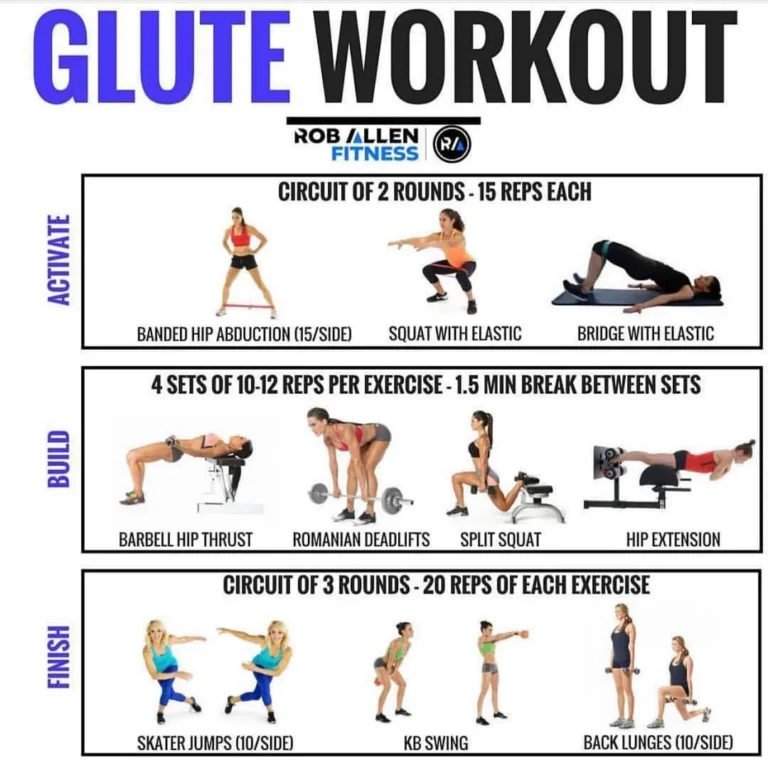Blast Through Menopause Symptoms with This Workout Plan
Menopause is a natural and inevitable phase in a woman’s life that typically occurs between the ages of 45 and 55. During this time, the body undergoes significant hormonal changes, leading to a variety of symptoms that can be uncomfortable and disruptive to daily life. These symptoms can include hot flashes, night sweats, mood swings, weight gain, and decreased energy levels.
One effective way to manage and even alleviate some of these menopausal symptoms is through regular exercise. Exercise has been shown to have numerous benefits for women going through menopause, including improving mood, reducing hot flashes, and helping to maintain a healthy weight. In this article, we will explore a workout plan specifically designed to help women blast through menopause symptoms and feel their best during this transitional phase of life.
The Workout Plan
Before starting any new workout plan, it’s important to consult with a healthcare provider to ensure that it is safe and appropriate for your individual needs and fitness level. Once you have the green light to begin, you can follow this workout plan to help manage menopause symptoms and improve your overall health and well-being.
1. Cardiovascular Exercise: Cardiovascular exercise, such as walking, running, cycling, or swimming, is essential for maintaining a healthy heart and lungs, as well as burning calories and promoting weight loss. Aim for at least 150 minutes of moderate-intensity aerobic exercise per week, or 75 minutes of vigorous-intensity exercise, spread out over several days.
2. Strength Training: Strength training is crucial for maintaining muscle mass and bone density, which can decline during menopause. Incorporate exercises that target major muscle groups, such as squats, lunges, push-ups, and rows, into your routine. Aim for at least two days of strength training per week, with a focus on proper form and technique.
3. Flexibility and Balance: Menopause can increase the risk of falls and fractures due to changes in bone density and muscle strength. To improve flexibility and balance, incorporate activities such as yoga, Pilates, or tai chi into your routine. These exercises can help prevent injury and improve overall mobility and stability.
4. Interval Training: Interval training involves alternating between periods of high-intensity exercise and rest or lower-intensity exercise. This type of workout can boost metabolism, improve cardiovascular fitness, and burn more calories in less time. Try incorporating interval training into your routine with activities such as sprinting, cycling, or jumping rope.
5. Mind-Body Exercises: Stress and anxiety are common symptoms of menopause that can be exacerbated by hormonal changes. Mind-body exercises such as meditation, deep breathing, or progressive muscle relaxation can help reduce stress and promote relaxation. Incorporate these practices into your daily routine to improve mental and emotional well-being.
FAQs
Q: Can exercise help with hot flashes and night sweats?
A: Yes, regular exercise has been shown to reduce the frequency and severity of hot flashes and night sweats in women going through menopause. Exercise can help regulate body temperature, improve circulation, and promote overall health and well-being.
Q: How often should I exercise during menopause?
A: Aim for at least 150 minutes of moderate-intensity aerobic exercise per week, or 75 minutes of vigorous-intensity exercise, spread out over several days. Additionally, include strength training, flexibility, balance, and mind-body exercises in your routine for optimal health benefits.
Q: What are the best types of exercise for women going through menopause?
A: The best types of exercise for women going through menopause include cardiovascular exercise, strength training, flexibility and balance exercises, interval training, and mind-body exercises. It’s important to choose activities that you enjoy and that fit your individual fitness level and goals.
Q: How can I stay motivated to exercise during menopause?
A: Staying motivated to exercise during menopause can be challenging, especially when dealing with symptoms such as fatigue, mood swings, and weight gain. To stay motivated, set realistic goals, find a workout buddy or group for accountability, mix up your routine to prevent boredom, and celebrate your progress and achievements along the way.
Q: Are there any exercises to avoid during menopause?
A: While exercise is generally safe and beneficial for women going through menopause, there are some exercises to avoid or modify depending on individual health conditions or limitations. Consult with a healthcare provider before starting a new workout plan, and listen to your body and adjust activities as needed to prevent injury or discomfort.
In conclusion, regular exercise is a powerful tool for managing menopause symptoms and promoting overall health and well-being. By following a well-rounded workout plan that includes cardiovascular exercise, strength training, flexibility and balance exercises, interval training, and mind-body practices, women can blast through menopause symptoms and feel their best during this transformative phase of life. Remember to consult with a healthcare provider before starting any new exercise routine and listen to your body to ensure that you are exercising safely and effectively. With dedication and consistency, you can embrace menopause with strength, vitality, and resilience.








